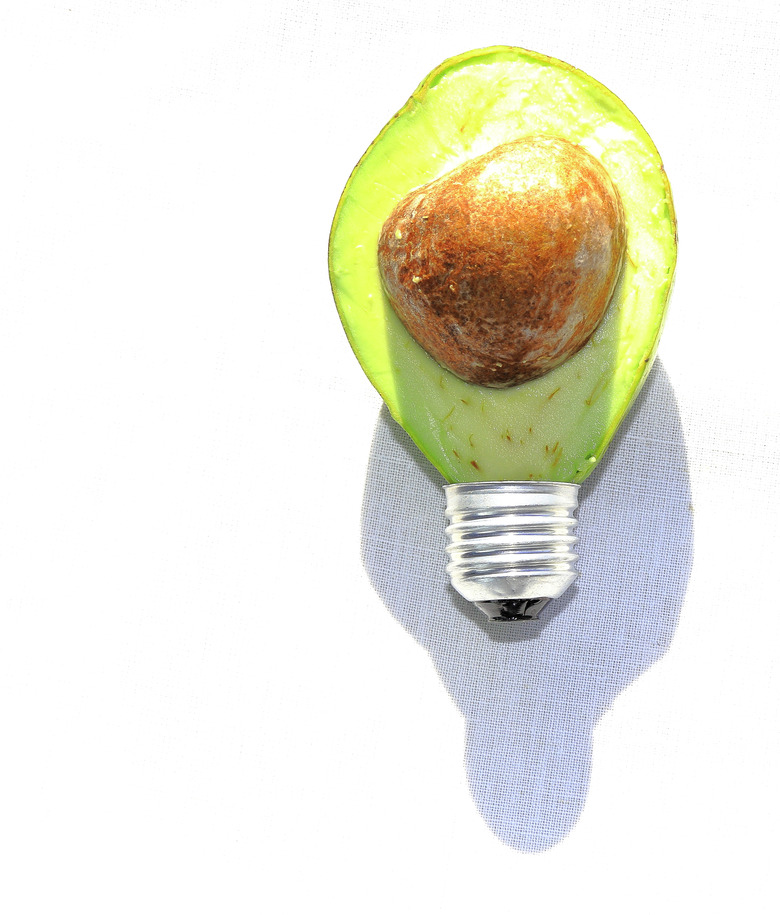What Fruits & Vegetables Conduct Electricity?
Fruits and vegetables contain important vitamins and minerals human bodies need to survive and maintain themselves properly. However, interestingly, these same fruits and vegetables also contain a large amount of water and, thus, can in some cases conduct electricity well. Other ingredients such as citric acid and ascorbic acid increase the conductivity, and in some cases, the acidic content is high enough to create voltage that can power small electronics.
TL;DR (Too Long; Didn't Read)
Many fruits and vegetables can conduct electricity and, in some cases, even create an electric current that can power small electronics.
Vegetable Electricity Conductors
Vegetable Electricity Conductors
Potatoes, onions, and tomatoes conduct electricity quite well. Tomatoes (not vegetables, strictly-speaking ) are good conductors in the vegetable category, as they have the highest acidity level. Scientists have show potatoes work very well as batteries. Acids make ions, charged particles when placed in a solution like, water, which many types of fruits and vegetables contain in abundance.
Fruit Electricity Conductors
Fruit Electricity Conductors
Citrus fruits work as excellent conductors due, again, to their high acidity level and the presence of water within them. Some notable examples of good conductors include:
- apples
- grapefruit
- oranges
- lemons
- limes
Making a Circuit with Produce
Making a Circuit with Produce
When a fruit or vegetable is connected with electrodes in a circuit, the fruit or vegetable serves as the battery to complete the circuit. Some of them can even power small light bulbs for a time. Some researchers have shown that boiling a potato for around eight minutes can increase its capacity as a battery 10 times compared to a raw potato. Sandwiching a quarter of a boiled potato between a copper cathode and a zinc anode can power a lightbulb for 40 days.
Current and Voltage
Current and Voltage
Perhaps not surprisingly, several pieces of fruit or vegetables connected in a parallel circuit creates a higher current. If the fruit or vegetables are connected in a series arrangement, the voltage is increased. This, in turn, can be used to power increasingly complex machines and electronics like a wristwatch.
Cite This Article
MLA
Coates, Amanda Ballard. "What Fruits & Vegetables Conduct Electricity?" sciencing.com, https://www.sciencing.com/fruits-vegetables-conduct-electricity-8289020/. 17 April 2018.
APA
Coates, Amanda Ballard. (2018, April 17). What Fruits & Vegetables Conduct Electricity?. sciencing.com. Retrieved from https://www.sciencing.com/fruits-vegetables-conduct-electricity-8289020/
Chicago
Coates, Amanda Ballard. What Fruits & Vegetables Conduct Electricity? last modified March 24, 2022. https://www.sciencing.com/fruits-vegetables-conduct-electricity-8289020/
